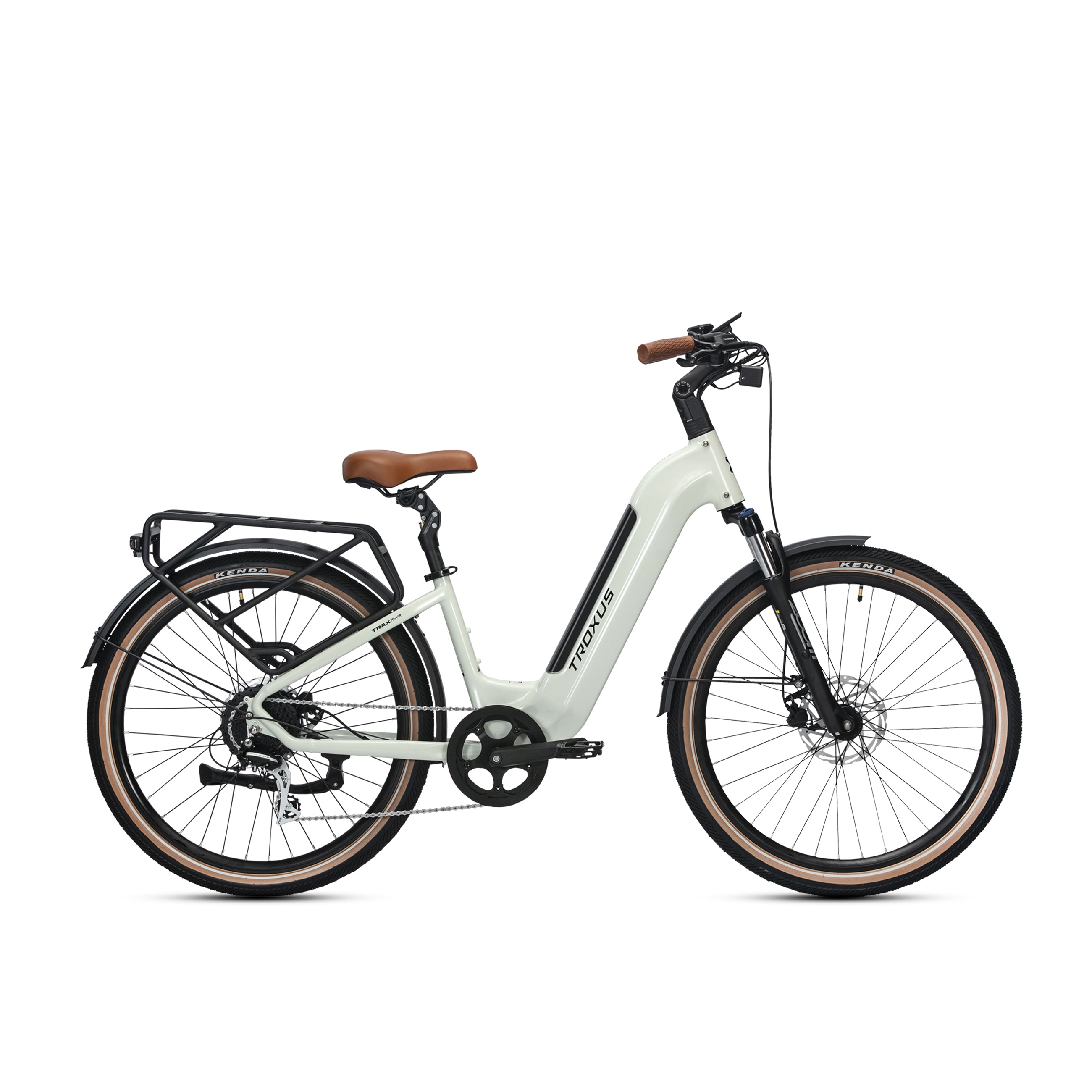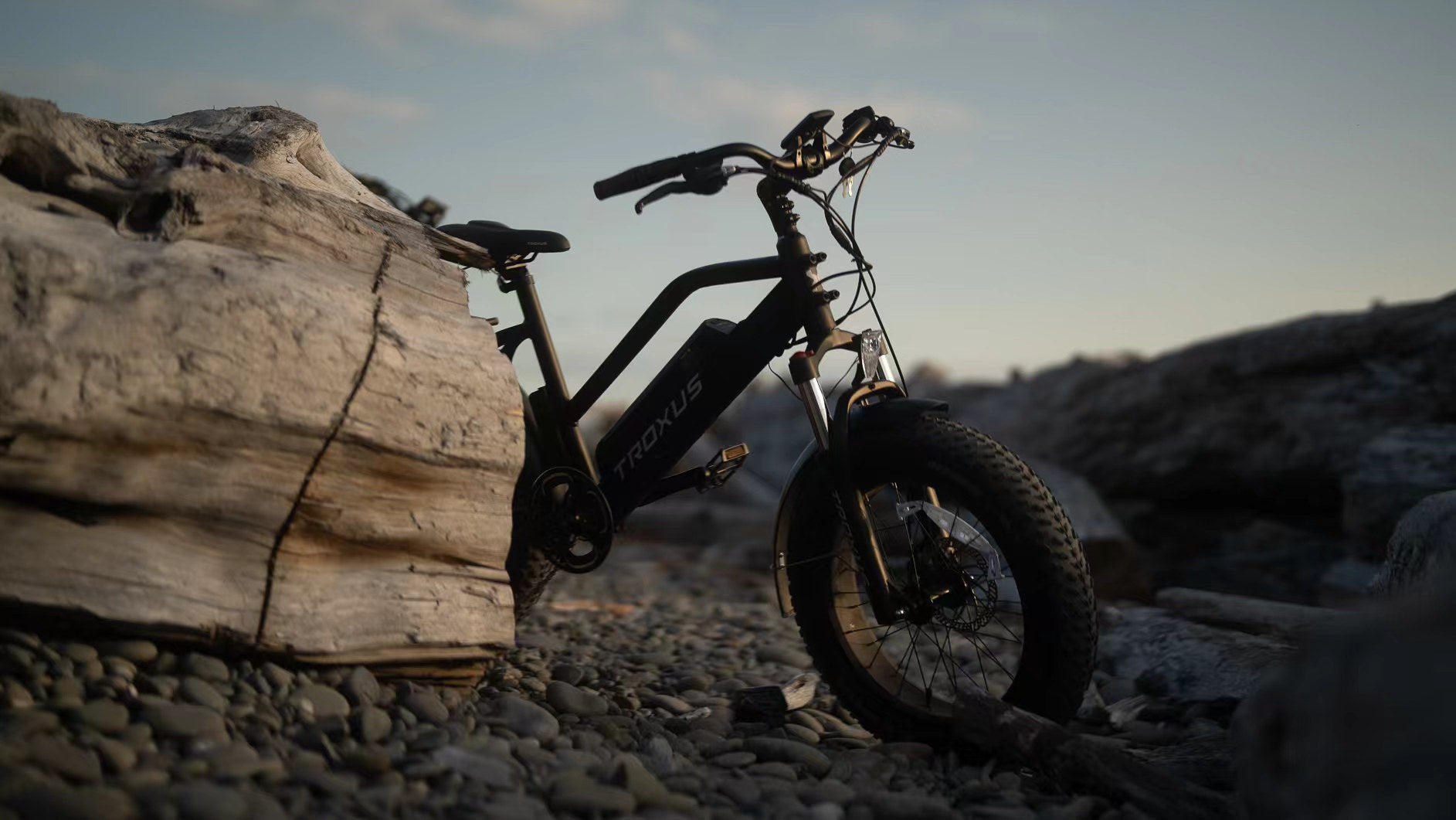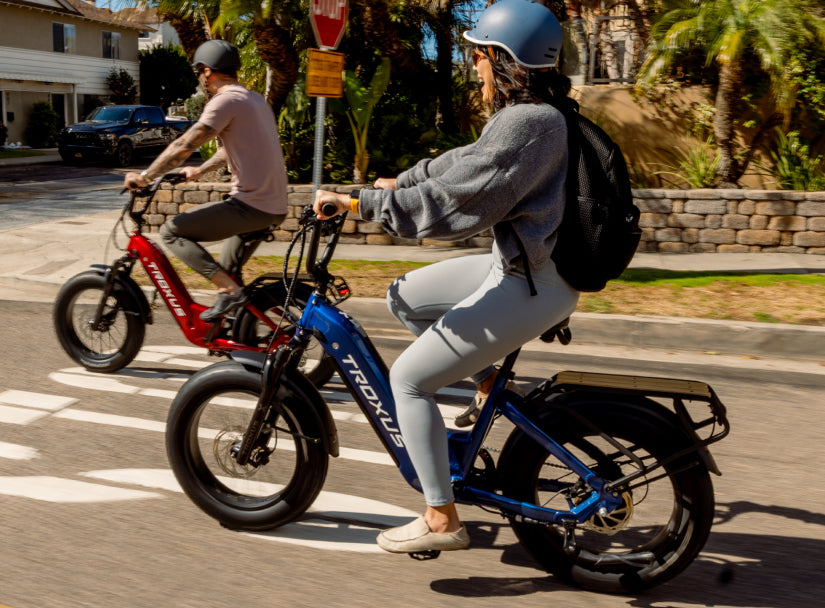Electric bikes have come a long way since their inception and are now considered a tool with which the rider makes a living or a mode of transportation with roots in cleaner technology. Similarly, bicycles have also served many purposes in our world, ranging from leisurely activities to a means of transportation. With over one billion bicycles worldwide and 40 million expected to be electric bikes by 2023, it's fascinating to see how far electric bikes have come and how far they can take us. The Source is from the Precedence Research.
The History of Fat Tire Bikes
Fat tire bikes, also known as "fat bikes," can be traced back to the 1980s in Alaska. The original fat tire bikes were created for riding on snow and sand and were built with wide tires to help distribute the rider's weight over a larger surface area, allowing for better traction on soft and unstable terrain.
In the 1990s, fat tire bikes gained popularity among adventure cyclists and bike packers who appreciated their ability to handle a variety of terrain, including snow, sand, and rough trails. However, the bikes were still relatively niche and were used mainly by a small group of dedicated enthusiasts.
It was in the early 2000s that fat tire bikes began to gain wider recognition and commercial success. It was partly due to the efforts of companies like Surly Bikes, which introduced a fat production bike called the Pugsley in 2005. The Pugsley was built with a steel frame and 3.8-inch-wide tires and quickly became popular among cyclists looking for a versatile bike that could handle various conditions.
Since then, fat tire bikes have continued to gain popularity, with more and more companies producing their versions of the cycle. Today, fat tire bikes are used for various activities, including mountain biking, bike packing, and even commuting in snowy or sandy conditions.
Fat Tire Electric Bikes
Fat tire bikes have been around for decades, but they have become more prevalent in recent years due to the rise of e-bikes and the need for better performance on various terrains.
The fat-tire concept used on e-bikes was invented in the 1980s in Alaska and New Mexico. In Anchorage, Alaska, a cyclist welded multiple tire rims to create a fatter tire. The purpose of these wider tires was to make more contact with the snow when cycling on snowy terrain. The fat tire e-bike is typically 3.8 in (97 mm) or more significant, designed for low ground pressure to allow riding on soft, unstable terrain, such as snow, sand, bog, and mud.
Due to its ability to handle various terrains, including snow, sand, mud, and rough roads, the fat tire e-bike's popularity has grown. It makes it an excellent option for people who enjoy off-road adventures or live in areas with challenging weather conditions. Additionally, the fat tires provide more cushioning, making for a more comfortable ride than traditional bikes.
Vulcanus Electric Commuter Bike (Photo by Caleb)
The usage and production of electric bicycles are increasing worldwide as more riders adopt them in their daily lives. Electric bikes have made biking more accessible to people of all backgrounds, and even mountain biking is becoming more popular with the introduction of e-bikes and fat tire bikes. E-bikes have made commutes by cycle possible, even for those who would have considered them too far, long, or slow. Moreover, modern e-bikes are designed with city riding and commuting in mind, making them an excellent option for day-to-day transportation. As a result, many riders are embracing electric bikes for their benefits, comfort, and efficiency, along with the infrastructure and componentry designed to facilitate travel from one point to another.
Factors to Consider When Buying a Fat Tire E-bike
If you are considering buying a fat tire e-bike, here are some factors to consider:
Motor power: The motor power determines the bike's speed and ability to handle various terrains. A higher-wattage motor will provide more power and better performance on challenging terrains.
Battery capacity: The battery capacity determines how far you can ride on a single charge. A higher-capacity battery will provide a longer ride time and distance. When selecting a battery capacity, consider your riding needs and the space you plan to cover.
Tire size: The tire size determines the bike's ability to handle various terrains. A larger tire size will provide better traction and stability on rough roads and off-road terrain.
Suspension: The suspension system determines the bike's ability to absorb shock and provide a comfortable ride. A suspension system is essential to ride on rough roads or off-road terrain.
Price: Fat tire e-bikes can range from a few hundred to several thousand dollars. Please consider your budget and the features you need when selecting a bike.
Conclusion
Fat tire e-bikes have gained significant attention from cycling enthusiasts and adventure seekers alike. Their ability to handle various terrains, including snow, sand, mud, and rough roads, makes them an excellent option for people who enjoy off-road adventures or live in challenging weather conditions. When selecting a fat tire e-bike, consider factors such as motor power, battery capacity, tire size, suspension, and price. With the right fat tire e-bike, you can enjoy a comfortable and exhilarating ride on any terrain.









